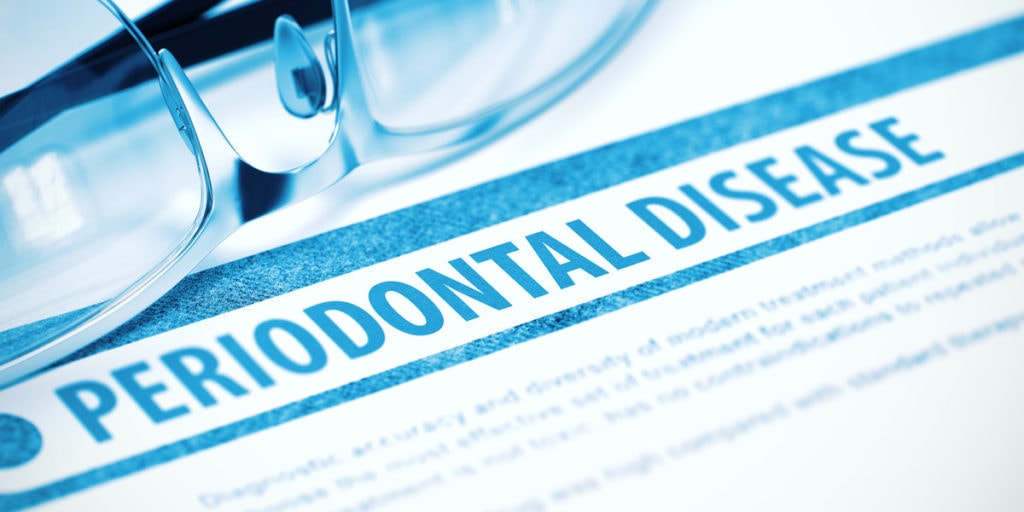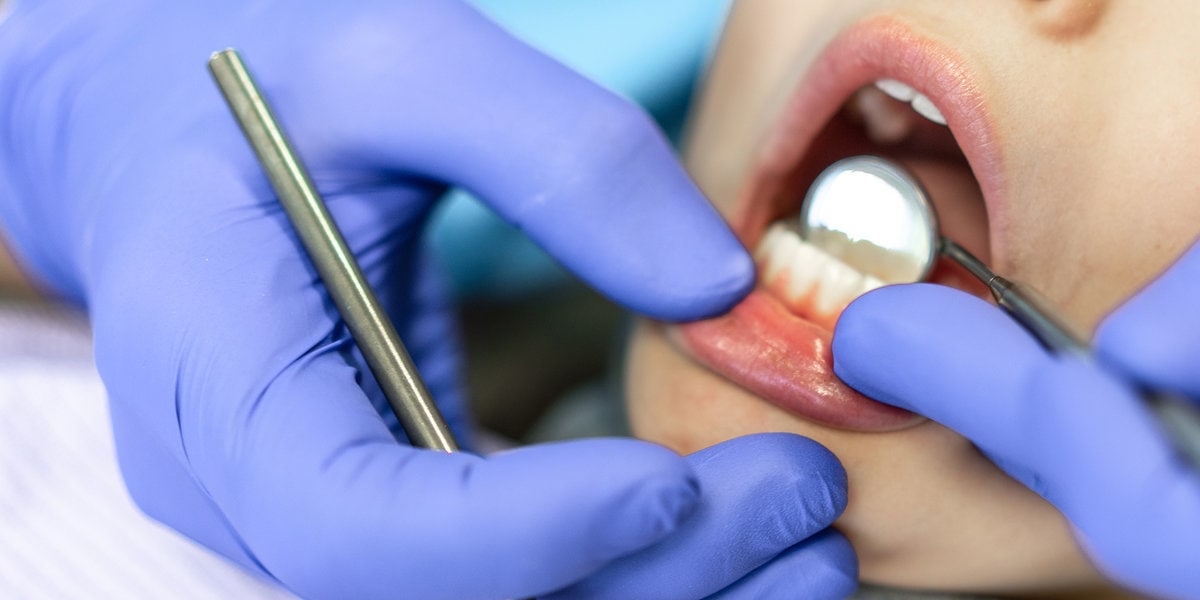Periodontal Therapy – Cure For Gum Disease

Taking care of the gums is an important part of a good oral hygiene routine. However, many people tend to neglect the gums or soft tissue when it comes to dental care. It is important to understand that the structure surrounding your teeth – the gums and bone – need attention.
Negligence causes gum infection and may eventually lead to tooth infection. In case you don’t know, gum disease is the leading cause of tooth loss in adults in the US. However, you can control the damage at an early stage with periodontal therapy. It does not only help to reduce chronic inflammation, but also restores your gum’s health.
What are periodontal diseases?
Almost 50% of adults in America, aged between 30 and 90, suffer from bleeding gums. Periodontitis, commonly known as gum disease, is a bacterial infection that attacks the gums and supporting tissues surrounding the teeth.
It begins with the growth of harmful oral bacteria and leads to a potential tooth loss. However, the disease does not damage the gums directly. Rather, it advances in different stages.
Gingival infection
Gingivitis is the first stage that you need to take care of. It refers to the inflammation of gums preceding periodontal disease. When food particles get trapped in your teeth, it causes plaque and tartar buildup. Your gums become irritated and bleed easily, even when you brush gently.
As the plaque accumulates, it infects the gum line. Your gums may become red and swollen. However, at this stage, the teeth are still firmly planted in the periodontal pocket. Also, no irreversible bone damage occurs at this stage unless left untreated.
Periodontitis
Periodontitis occurs when inflammation spreads to the teeth bone, ligaments, and tooth sockets. The gum tissues become red, and you experience pronounced bleeding and sensitivity.
In periodontal gum disease, gums pull away from the tooth. As a result, a small pocket is formed between the teeth and gums. Bacteria live in these spaces damaging the bone and eventually leading to tooth loss.
Who is at risk?
Anyone who does not follow a good oral routine and allows tartar buildup can develop gingivitis. However, certain factors make you more susceptible to gingivitis and periodontal diseases.
- Hormonal changes, such as menopause or monthly menstruation
- Pregnancy
- Chronic conditions, such as heart diseases and diabetes
- Age
- Unhealthy habits, such as smoking
- Certain medications
- Genes
Treatments: periodontal therapy
The main objective of periodontal procedure is the restoration of gum health. On your visit to the dental office, your orthodontist will first perform a dental exam. It helps the doctor devise an appropriate treatment plan and choose the right periodontal therapy for your gums.
Periodontal therapies involve both non-surgical and surgical techniques. The purpose of both techniques is to reduce swelling, infection risks, and the depth of periodontal pockets. While non-surgical therapies control the growth of bacteria, surgical therapies restore the supportive bone tissues.
Non-surgical periodontal therapies
Scaling and root planing (SRP)
Scaling and root planing is an effective non-surgical periodontal technique. Essentially, it is a process for cleaning the root surfaces of your gums. During SRP, the dentist removes the calculus, i.e., tartar and bacterial plaque and toxins from deep periodontal pockets. The orthodontics also removes the cementum, i.e., the outer covering of the root surface. SRP helps to shrink periodontal pockets, thereby reducing the risk of bacteria.
Adjunctive therapy
In some cases, the orthodontist may recommend an adjunctive therapy following SRP, such as systematic antibiotics or host modulation. Arestin is another antibiotic that your doctor may use as a part of gum disease treatment. The dentist places the antibiotic directly into the infected pocket in the gum. It kills harmful bacteria and protects the gum from further damage.
Surgical periodontal therapies
Surgical intervention becomes necessary when your gum and bone require re-contouring. Surgical periodontal therapies help remove the diseased gums.
Gum grafting
This surgical therapy helps to replace lost gum tissues with fragments of your own bone, synthetic bone, or a donated bone. The donor tissue is moved to the area where it is needed to protect the tooth root. The graft serves as the ground for the re-growth of the bone, which eventually stabilizes the teeth.
Gum recession surgery
It is a dental procedure done mostly for cosmetic purposes. Patients with excessive gum exposure find this technique effective for achieving a beautiful smile. Thanks to the latest advancement in the field of dentistry, gum recession surgery is a quick and comfortable treatment to contour the gums for enhancement.
Periodontal plastic surgery
Periodontal plastic surgery refers to the procedure of reshaping the gums. The purpose is to give a pleasing look to the gum tissues.
Dental implants
A dental implant is a popular surgical periodontal procedure. For tooth replacement, a titanium dental implant is used. In case you don’t know, titanium is biocompatible to humans. The dentist inserts a dental implant beneath the gum line into the jawbone.
The dental implant is then attached to a dental crown –visible on the gum line – that is distinct from the natural teeth. Dental implants fuse with the tissues and provide a sturdy foundation for the dental prosthesis.
Crown Lengthening Surgery
It is another surgical periodontal technique used for cosmetic reasons. Essentially, the procedure exposes the tooth structure covered by gum and bone tissue. It makes the teeth look longer and gives you a less gummy smile. Crown lengthening surgery also helps in securing a new dental crown.
Following a good dental routine can save you from periodontal diseases in the first place. Make sure to brush your teeth with fluoridated toothpaste. Comply with your bi-annual dental visits and dental cleaning sessions.
However, if you develop symptoms of gingivitis or periodontal disease,visit your dentist immediately. London dentists offer advanced dental care facilities for surgical and non-surgical periodontal therapies. Contact your London dentist today to prevent and control the damage.



